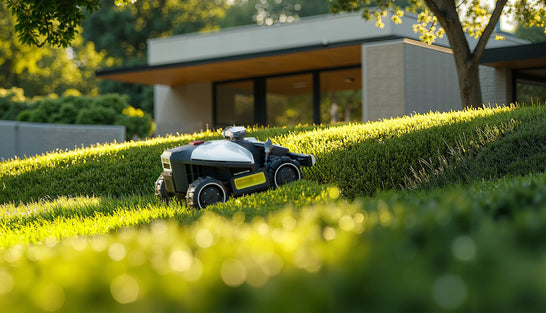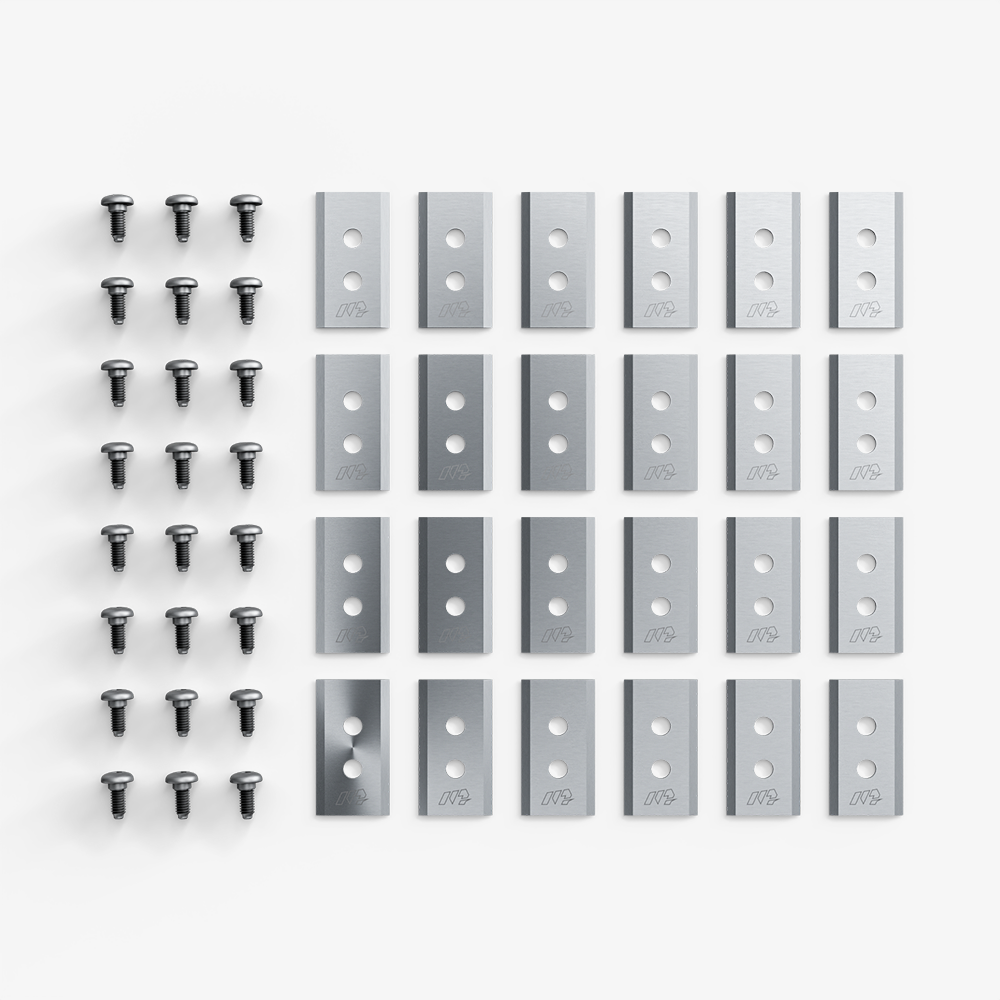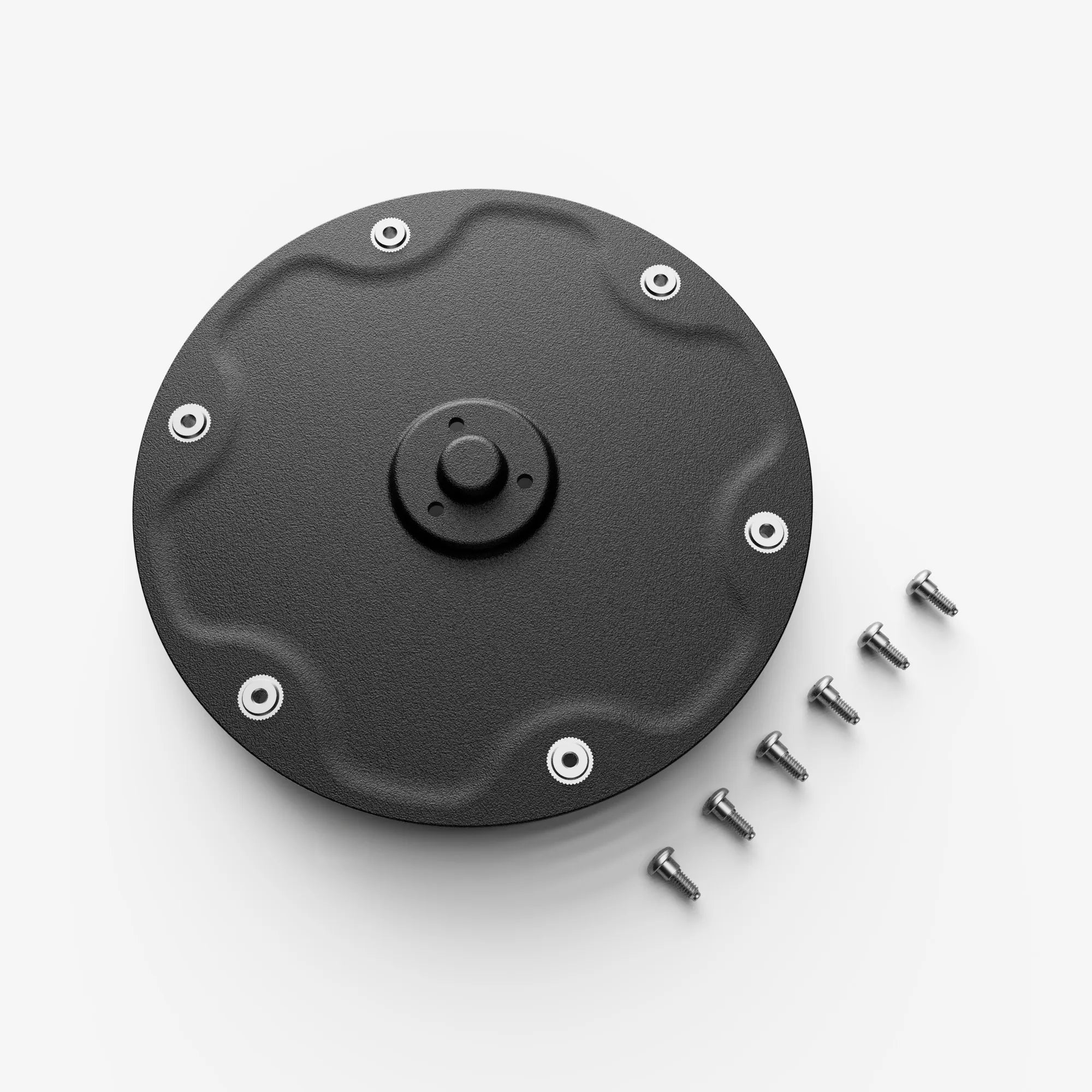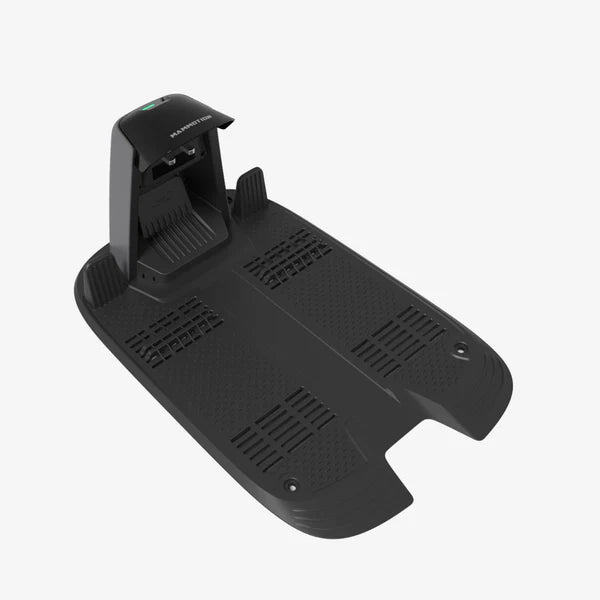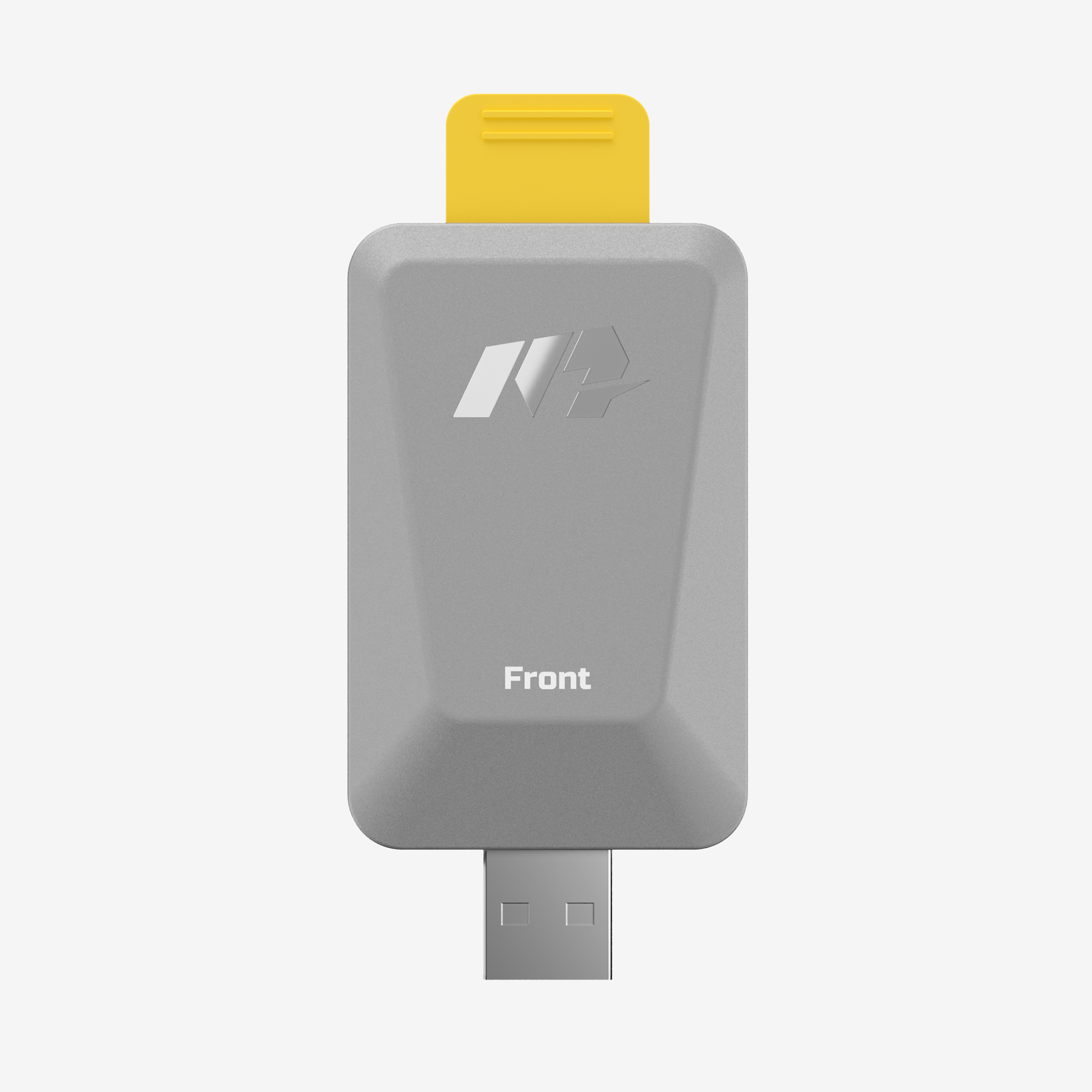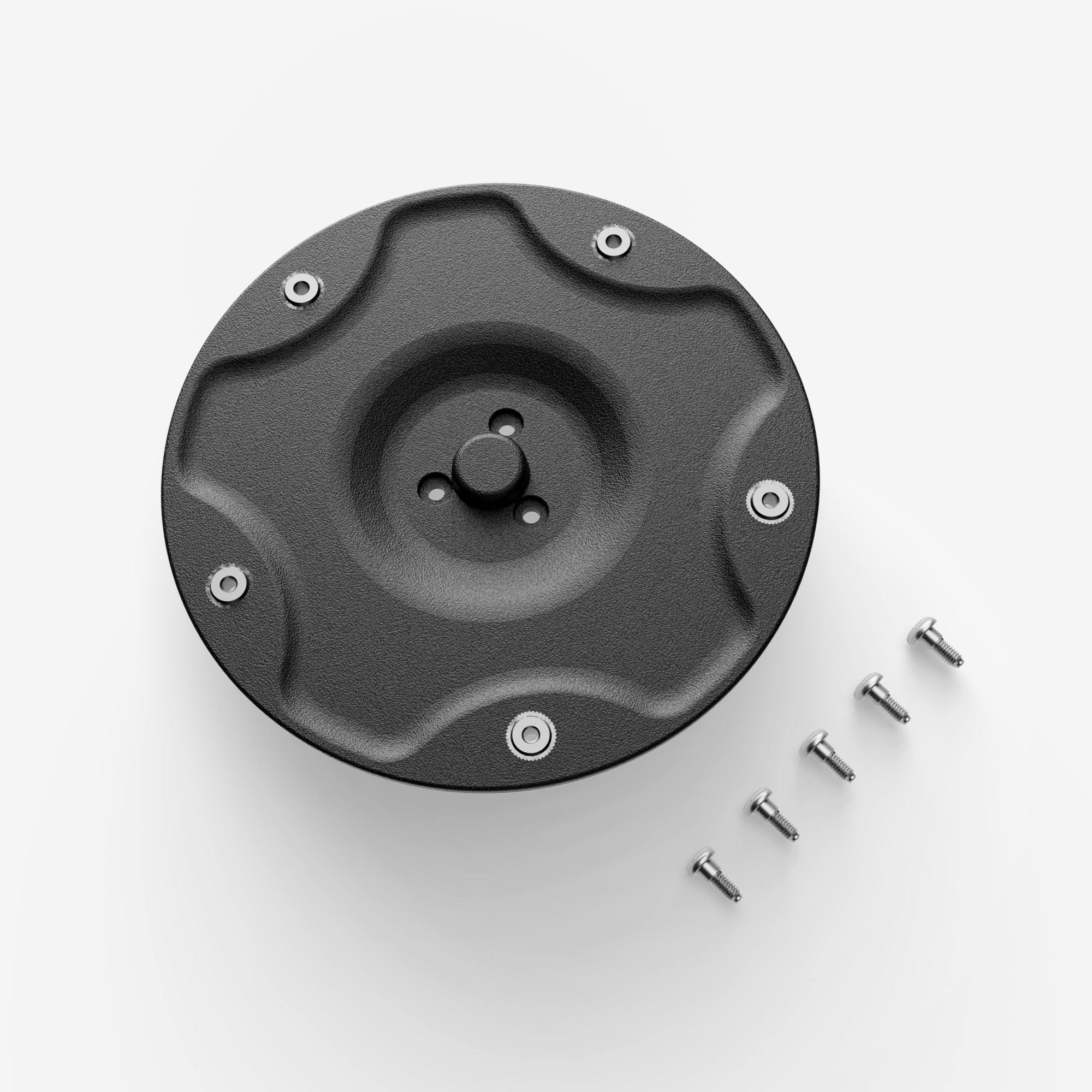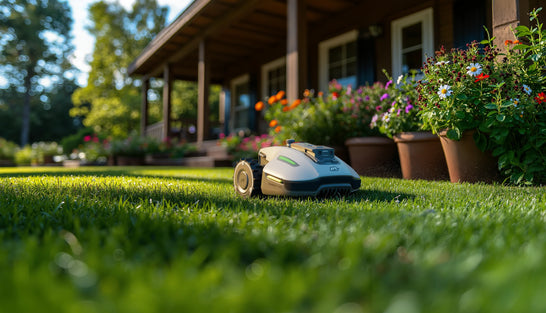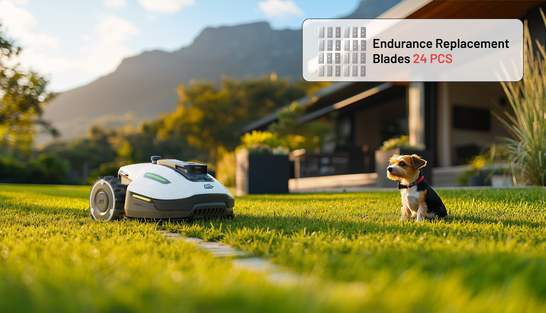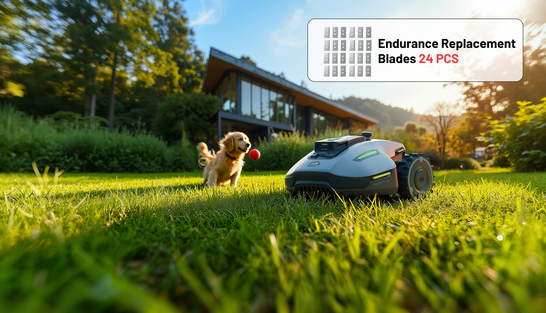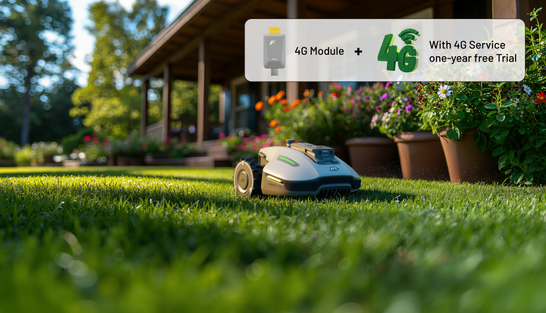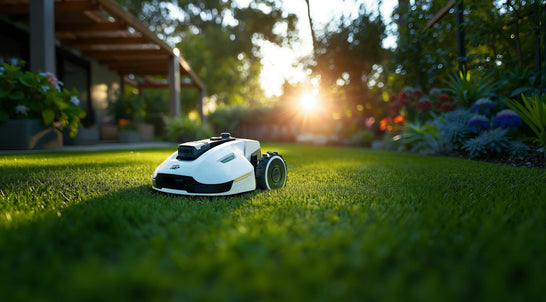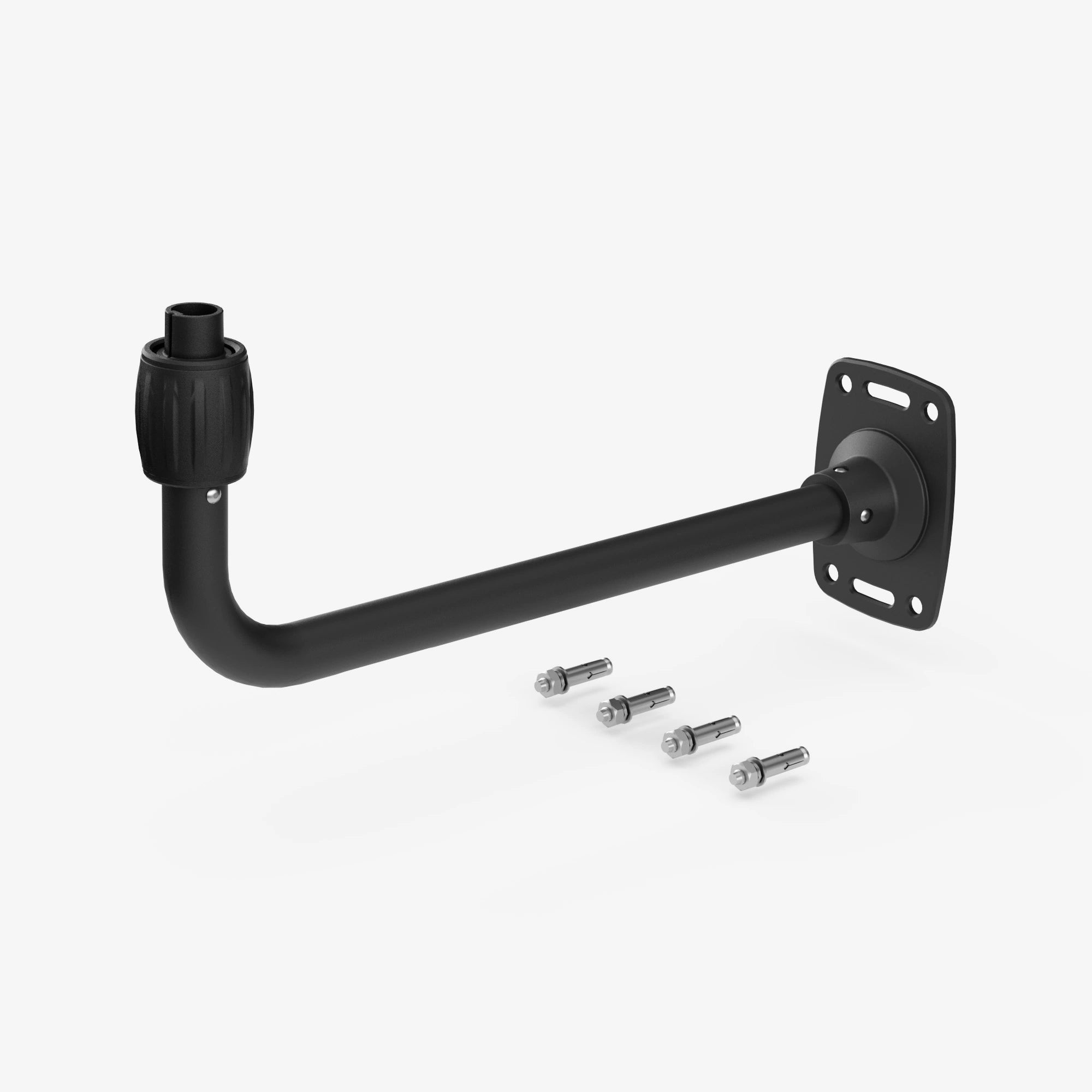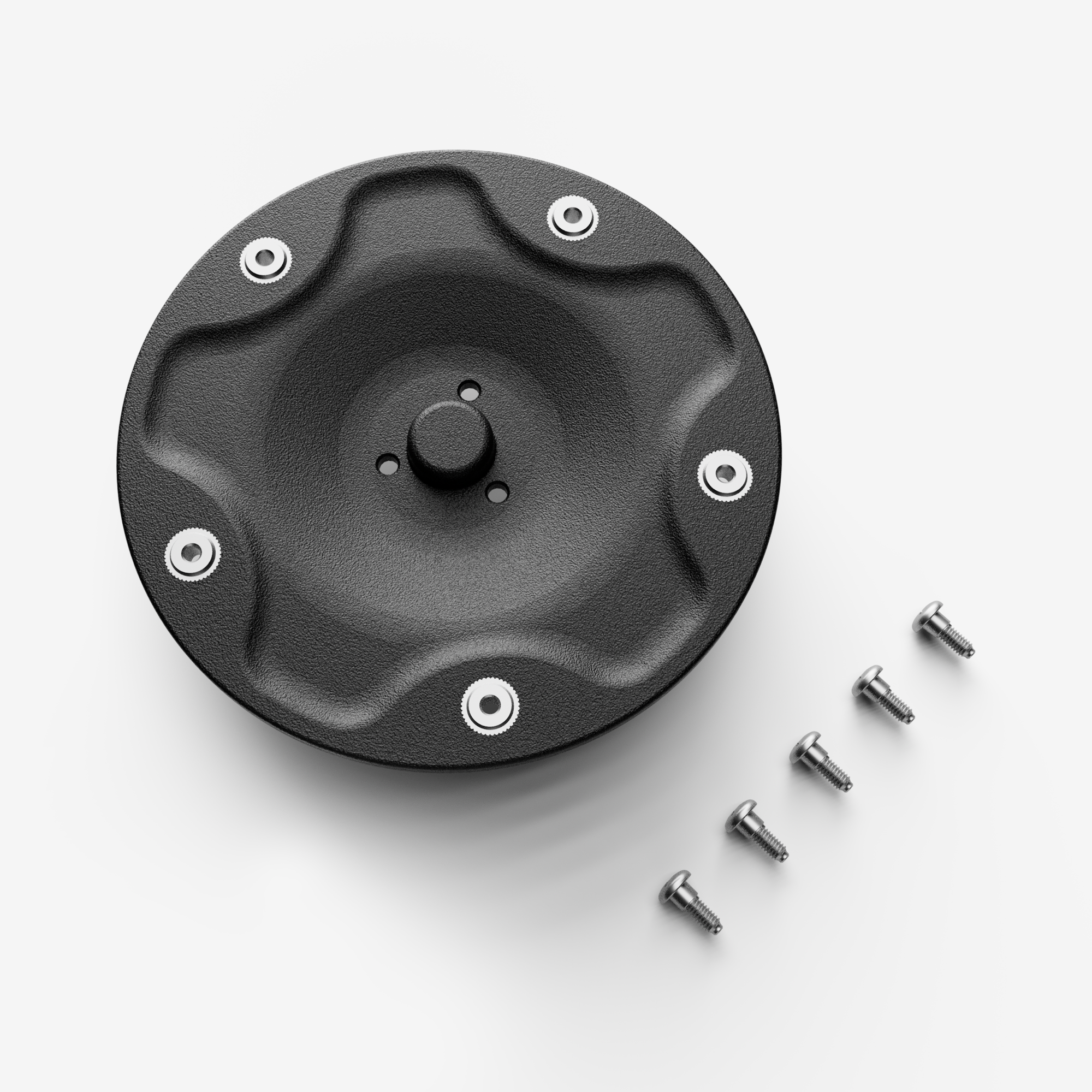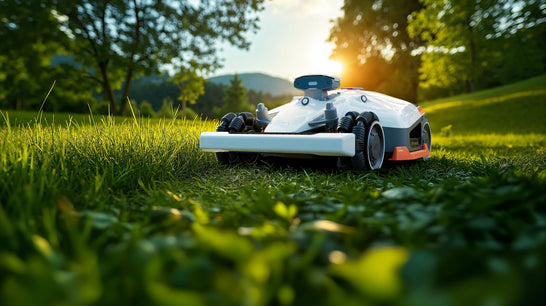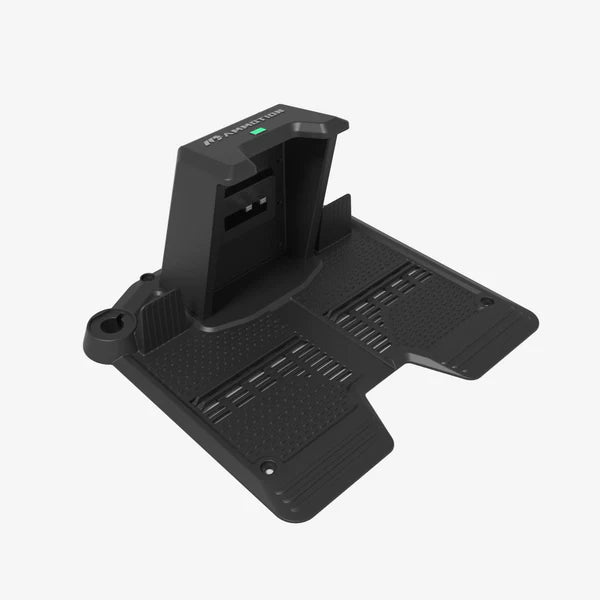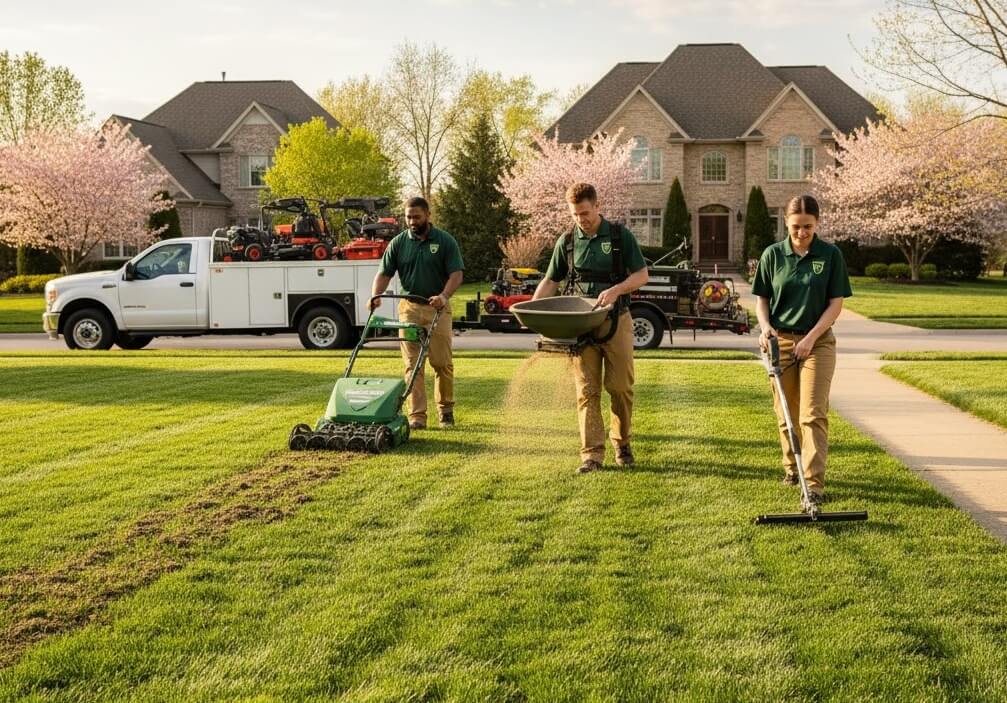Introduction: The Importance of Proper Lawn Mowing
Lawn mowing isn’t just about making your yard look neat—it’s a crucial part of lawn care that directly impacts its health and appearance. Proper mowing encourages healthy grass growth, reduces the risk of weeds, and helps maintain a lush, green lawn. However, mowing incorrectly can damage your turf, leading to weak grass, uneven growth, and even increased vulnerability to diseases.
In this guide, we’ll walk you through the steps to mow your lawn correctly, ensuring you get the best results while avoiding common mistakes. Whether you’re using a push mower, a self-propelled mower, or a robot mower, learning how to mow properly can save you time, effort, and frustration. Let’s dive into the essential techniques and tips that will help you mow your lawn like a pro.
Preparation for Lawn Mowing
Before you even start your mower, proper preparation is key to ensuring a smooth and effective mowing session. Here are the critical steps to get your lawn ready:
1. Choose the Right Mower
The first step is selecting the right mower for your lawn’s size and terrain. For small, flat lawns, a push mower may be sufficient, while larger or hilly areas could benefit from a self-propelled mower or a riding mower. Make sure your mower is suited to your needs, as using the wrong type can make the task harder and less efficient. For those seeking the ultimate convenience, robot mowers like the Mammotion LUBA 2 AWD are a great choice, they can handle different terrains with ease, cutting your lawn consistently and efficiently without the need for manual effort.
2. Inspect Your Lawn
Before you begin mowing, walk around your lawn and remove any debris, like sticks, rocks, or toys, that could damage the mower. A clean yard not only protects your mower but ensures you get an even, clean cut. Also, check for any uneven patches in the grass. If the soil is too wet or there are heavy dew spots, it might be best to wait until it dries to avoid clumping.
3. Set Mower Height
The next step is adjusting the mower’s cutting height. Different grass types require different cutting heights. For example, cool-season grasses, like fescue or bluegrass, should be kept a bit taller than warm-season grasses, like Bermuda or zoysia. As a general rule, never cut more than one-third of the grass height in a single mowing session, as cutting too much at once can stress the grass and harm its growth. Setting the right height helps your lawn grow strong, healthier, and more resilient to weeds and diseases.
By properly preparing your mower and lawn, you set yourself up for a more effective and enjoyable mowing experience. It’s the foundation of a well-maintained lawn.
How to Mow Your Lawn Correctly?
Mowing your lawn correctly is more than just pushing the mower in a straight line. There are several key practices to follow to ensure your lawn stays healthy and looks great. Here’s how to do it:
1. Mow in the Right Pattern
One of the first things to consider when mowing is the direction in which you mow. It's best to alternate your mowing pattern each time. For example, mow horizontally one week and vertically the next. Changing directions prevents grass from leaning in one direction and ensures a more even cut. It also helps prevent rutting in the soil, which can happen when you mow in the same direction repeatedly. A simple trick is to mow in a way that works with the shape of your yard—if your lawn is wide and rectangular, go lengthwise one week, then side to side the next.
2. Mow When Grass is Dry
Mowing when the grass is wet can cause clumping, leaving uneven patches and making it harder for your mower to get a clean cut. Wet grass tends to stick to the blades, causing them to clog and reducing efficiency. It can also damage the grass by pulling or tearing it rather than cutting cleanly. To avoid this, mow when the grass is dry to the touch. Early afternoon, when the dew has evaporated, is often the best time to mow.
3. The Right Speed
Mowing too fast might seem like a time-saver, but it can lead to poor cutting performance. When you rush, the mower blades don’t have enough time to cut through the grass evenly, leaving uneven patches. On the other hand, mowing too slowly can be inefficient and cause unnecessary strain on your mower. Find a comfortable speed where the mower can cut cleanly and consistently without putting undue stress on the machine or the grass.
By following these basic techniques, you’ll ensure that your lawn looks neat, healthy, and well-maintained, reducing the chances of common mowing issues like scalping or uneven growth.
Common Lawn Mowing Mistakes to Avoid
Mowing your lawn may seem straightforward, but several common mistakes can affect the health and appearance of your grass. Let’s take a look at some of the most frequent missteps and how to avoid them:
1. Mowing Too Short
One of the biggest mistakes homeowners make is mowing their grass too short. While it might seem like cutting it low will reduce mowing frequency, it actually weakens the grass, leaving it more vulnerable to heat, drought, and pests. This is known as "scalping," and it’s harmful to your lawn’s health. Always follow the one-third rule, which means cutting no more than a third of the grass height at a time.
2. Mowing Too Frequently or Infrequently
Another mistake is mowing too often or too rarely. Mowing too frequently can stress the grass, while not mowing enough can lead to overgrown grass, which is harder to cut and may invite weeds. Ideally, mow when your grass reaches about one-third taller than its ideal height. This balances lawn health and ensures a neat, well-maintained appearance without putting excess stress on your turf.
3. Leaving Grass Clippings Behind
Some people choose to leave grass clippings on the lawn, thinking it will act as mulch. While mulching can be beneficial, leaving too many clippings behind can smother the grass, leading to a thatchy lawn. It’s important to either bag the clippings or use a mulching mower that chops them into fine pieces that break down easily.
The Importance of Lawn Mower Maintenance
Maintaining your lawn mower is just as important as knowing how to mow your lawn correctly. A well-maintained mower ensures that it runs efficiently and provides a clean, even cut every time you mow. Here’s how to keep your mower in top shape:
1. Keep the Blades Sharp
Dull mower blades tear the grass rather than cutting it cleanly, which can stress the lawn and make it more susceptible to disease. Sharpen your mower blades regularly to ensure a clean cut. Typically, you should sharpen your blades after every 20 to 25 hours of mowing.

2. Change the Oil
Like any engine, your mower’s engine needs regular oil changes to perform at its best. Check the owner’s manual for specific instructions, but changing the oil at least once a season is generally a good rule of thumb.
3. Clean the Mower Deck
Grass clippings, dirt, and debris can build up under your mower deck, affecting its performance and cutting efficiency. After each mowing session, make sure to clean the deck to prevent clogs and ensure the mower runs smoothly.
Regular maintenance not only extends the life of your mower but also helps you achieve better results with less effort.
Should You Use a Robot Lawn Mower?
If you’re looking to simplify your lawn care routine, a robot lawn mower could be the perfect solution. These autonomous machines take the hard work out of mowing, allowing you to enjoy a well-maintained lawn without the hassle of manual effort.
Robot mowers work by navigating your yard, cutting the grass on a schedule, and even recharging themselves when needed. They are ideal for busy homeowners who want a pristine lawn without spending hours behind a mower.
One standout option is the Mammotion LUBA 2 AWD robot lawn mower, designed to handle tougher terrains like slopes and uneven surfaces with ease. Its all-wheel-drive system ensures optimal traction and stability, making it perfect for large yards or areas with challenging landscapes. The LUBA 2 offers a consistent mowing routine, freeing up your time while keeping your lawn looking its best.
Final Thoughts
Achieving a healthy, beautiful lawn starts with proper mowing techniques. By following the one-third rule, mowing at the right time, and keeping your mower in top shape, you’ll ensure your grass thrives year-round. Regular mowing not only enhances the appearance of your lawn but also encourages strong root growth and better resistance to pests and diseases.
Don’t forget the value of the right equipment. Whether it's a traditional mower or a robot lawn mower like the Mammotion LUBA 2 AWD, choosing the right tool for your lawn's needs can save you time and energy while improving the quality of your yard. With consistent care and the right equipment, your lawn will stay healthy and beautiful with minimal effort.
Frequently Asked Questions
1. How often should I mow my lawn?
The frequency of mowing depends on factors like grass type, weather, and growth rate. Generally, you should mow once a week during the growing season and adjust based on weather conditions. During cooler months or drought, you may mow less frequently.
2. How short should I mow my grass?
Avoid cutting more than one-third of the grass height at a time. This helps prevent stress on the grass and allows for healthier growth. For most grass types, aim for a height of around 2.5 to 4 inches.
3. Is it better to mow in the morning or afternoon?
It's best to mow in the late morning or early afternoon when the grass is dry and the sun is not too hot. Mowing in the early morning or on wet grass can lead to uneven cuts or clumping.
4. Can I use a robot mower for uneven terrain?
Yes, robot mowers like the Mammotion LUBA 2 AWD are designed to handle tough terrains, including slopes and uneven surfaces. Its all-wheel-drive system provides better traction and stability, ensuring consistent performance even on challenging lawns.
5. How do I maintain my lawn mower?
To keep your mower in good condition, sharpen the blades regularly, clean the mower deck after use, and change the oil as needed. Regular maintenance will improve performance and extend the life of your mower.
6. Can mowing too often harm my lawn?
Mowing too frequently can stress the grass and reduce its ability to grow strong roots. Stick to a regular mowing schedule based on the growth rate of your grass, and avoid cutting more than one-third of its height at once.

